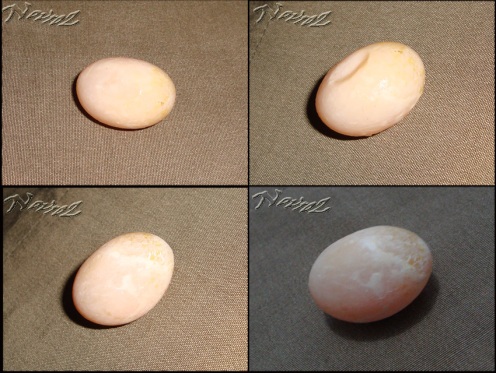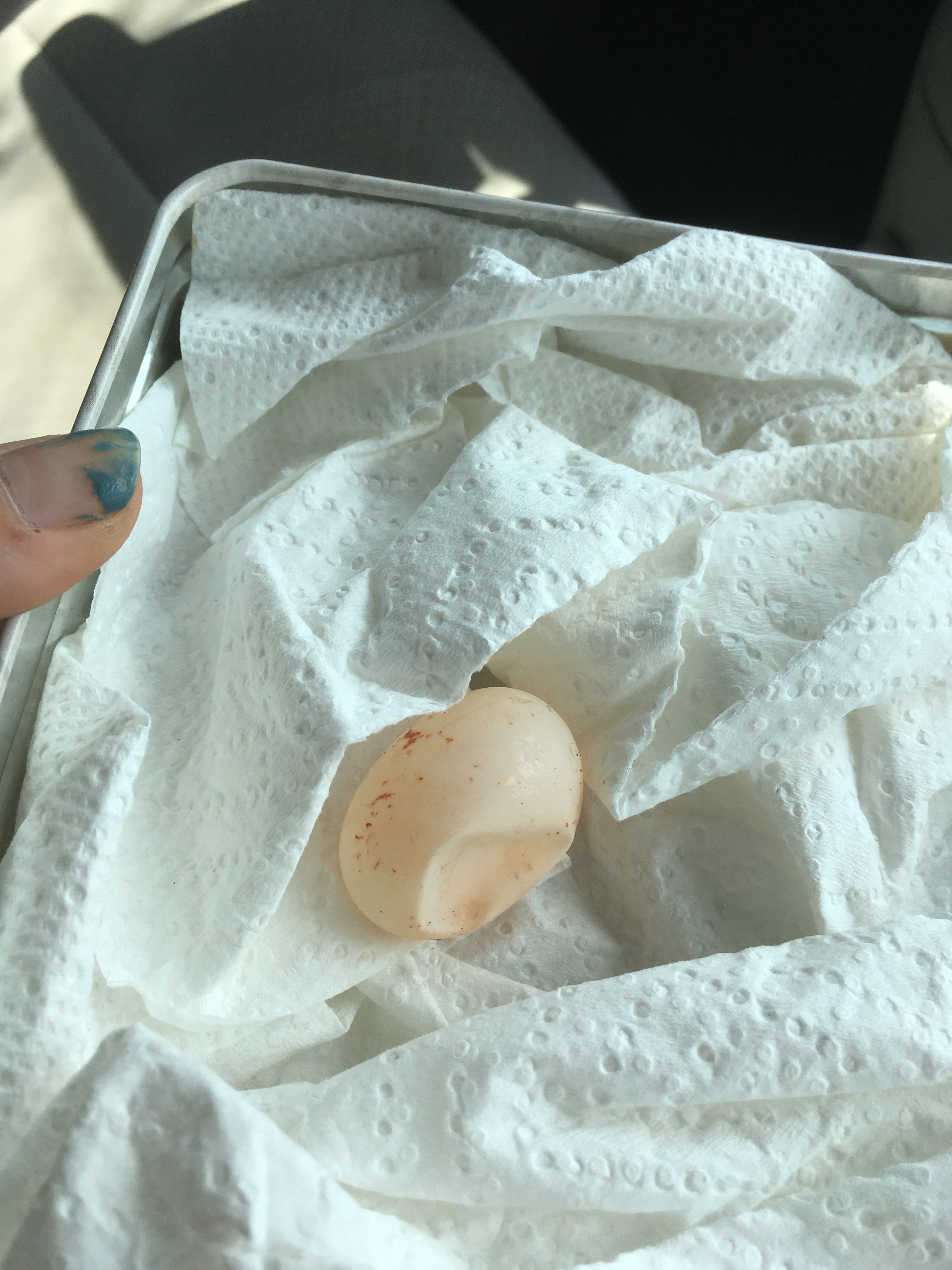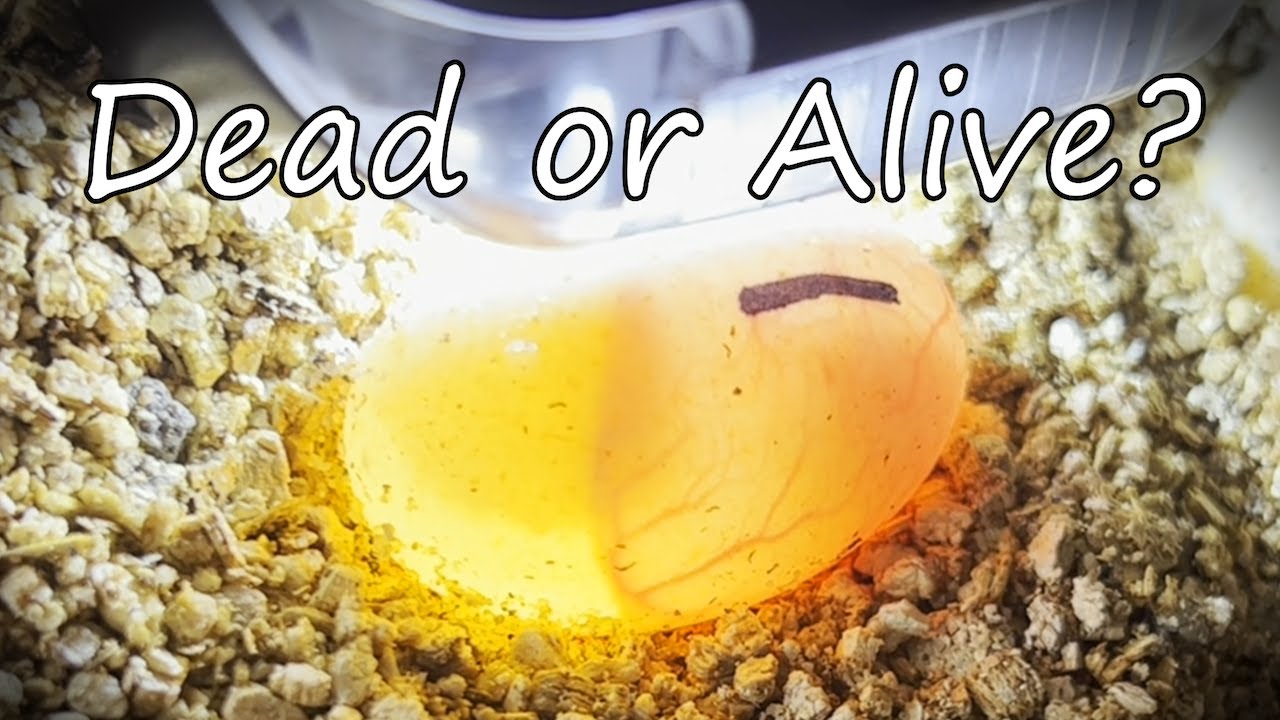To tell if a turtle egg is fertile, candle the egg after a week of incubation. Hold a bright light behind the egg to check for veins and movement, indicating fertility.
Knowing whether a turtle egg is fertile is crucial for successful incubation and hatching. By following simple steps, you can determine the viability of the eggs and ensure the best chances of hatching healthy turtles. Understanding the signs of fertility in turtle eggs is essential for anyone involved in turtle conservation efforts or breeding programs.
With the ability to accurately assess the fertility of turtle eggs, you can contribute to the preservation and protection of these fascinating reptiles.

Credit: kamekroten.wordpress.com
Importance Of Identifying Fertile Turtle Eggs
Ensuring Conservation Efforts: Protecting endangered turtle species begins with identifying fertile eggs to support breeding programs.
Maximizing Hatchling Success Rates: Knowing which eggs are fertile helps in providing optimal care to increase hatchling survival rates.
Ensuring Conservation Efforts
Conservation efforts rely on identifying fertile turtle eggs to sustain populations.
Maximizing Hatchling Success Rates
Maximizing hatchling success rates is crucial in ensuring the survival of endangered turtle species.
External Signs Of Fertility
When determining the fertility of turtle eggs, it is essential to understand the external signs that indicate whether an egg is fertile. By observing the shell appearance, texture, and color, you can gain valuable insights into the potential fertility of the eggs. This knowledge is crucial for conservation efforts and ensuring the successful hatching of turtle eggs.
Shell Appearance
The shell appearance of a turtle egg can provide important clues about its fertility. A fertile egg typically has a smooth and intact shell without any visible cracks or deformities. On the other hand, infertile eggs may exhibit irregularities such as dents, bumps, or discoloration on the shell surface.
Texture And Color
Examining the texture and color of a turtle egg can also help determine its fertility. Fertile eggs often have a firm and slightly flexible texture, indicating the presence of a developing embryo inside. Additionally, fertile eggs typically display a uniform and creamy-white coloration, while infertile eggs may appear discolored, translucent, or have an uneven texture.
Candling Method
To determine if a turtle egg is fertile, consider using the candling method. Shine a light through the egg to reveal signs of life, such as blood vessels or movement, indicating successful fertilization. This non-invasive technique helps assess the viability of turtle eggs.
Candling is a popular method used by turtle breeders and enthusiasts to determine if a turtle egg is fertile. This technique involves shining a bright light through the eggshell to reveal the embryo inside. Candling is a non-invasive method that allows you to check the development of the egg without harming it. In this article, we will provide a step-by-step guide on how to use the candling method to determine if your turtle egg is fertile.Explanation Of Candling
Candling involves holding a bright light source against the eggshell to illuminate the embryo inside. The light will pass through the eggshell and illuminate the contents of the egg, making it possible to see the development of the embryo. Candling is usually done after the first week of incubation when the embryo is large enough to be visible.Identifying Veins And Movement
When you candle a turtle egg, you can identify veins and movement, which are both indicators of a fertile egg. If the egg is fertile, you will see a network of veins running through the egg. These veins are responsible for transporting nutrients and oxygen to the developing embryo. You may also see movement inside the egg, which is caused by the embryo moving around. To candle a turtle egg, follow these steps:- Find a dark room or use a box to block out any external light.
- Hold the egg up to the light source, making sure the light is shining through the air cell at the top of the egg.
- Look for a network of veins running through the egg. If the egg is fertile, you should see veins that look like a spider web.
- Look for movement inside the egg. If the egg is fertile, you may see the embryo moving around.
- If you do not see any veins or movement, the egg may be infertile and should be removed from the incubator.

Credit: m.youtube.com
Consulting Experts
Consulting experts is crucial when determining the fertility of turtle eggs. Seeking professional advice and utilizing veterinary services are essential steps in this process.
Seeking Professional Advice
When it comes to identifying the fertility of turtle eggs, seeking professional advice is imperative. Turtle experts and biologists possess the knowledge and experience to accurately assess the condition of the eggs and determine whether they are fertile or not.
Utilizing Veterinary Services
Another valuable resource for determining the fertility of turtle eggs is to utilize veterinary services. Veterinarians with expertise in reptile reproduction can perform specialized tests and examinations to ascertain the viability of the eggs.
Time And Incubation
When it comes to determining whether a turtle egg is fertile, understanding the time and incubation process is crucial. By monitoring the duration for incubation and observing signs of development over time, it becomes possible to assess the fertility of turtle eggs.
Duration For Incubation
The duration for the incubation of turtle eggs varies depending on the species. Generally, it ranges from 45 to 90 days. Snapping turtle eggs typically take around 55 to 125 days to hatch, while painted turtle eggs usually hatch in 72 to 80 days.
Signs Of Development Over Time
As the incubation period progresses, there are several signs that indicate the development of a fertile turtle egg. Initially, a fertile egg will appear slightly opaque. Over time, a network of blood vessels will become visible when the egg is candled, indicating the presence of a developing embryo.
Environmental Factors
To determine the fertility of a turtle egg, carefully inspect the shell for any cracks or abnormalities. Additionally, gently candle the egg to check for visible signs of development, such as veins or movement inside. This can help you determine if the egg is viable and potentially hatchable.
When it comes to determining whether a turtle egg is fertile or not, there are several environmental factors that you need to keep in mind. Two of the most important factors are temperature and humidity control, as well as protecting the eggs from predators. In this section, we will discuss these factors in detail.Temperature And Humidity Control
Temperature and humidity are critical factors that determine the success of turtle egg incubation. The ideal temperature for most turtle eggs is between 80-85°F (26-29°C). If the temperature is too low, the embryo may not develop properly, and if it is too high, the embryo may die. The humidity level should be around 80% to prevent the eggs from drying out. To maintain the optimal temperature and humidity level, you can use an incubator or create a makeshift incubator. If you choose to create a makeshift incubator, make sure to monitor the temperature and humidity level regularly to ensure they remain at the optimal levels.Protecting Eggs From Predators
Turtle eggs are a delicacy for many animals, including raccoons, skunks, and birds. Protecting the eggs from predators is crucial to ensure their survival. One effective way to protect the eggs is by placing a wire mesh cage over the nest. The mesh should be small enough to keep out predators but large enough to allow air to circulate. Alternatively, you can also relocate the eggs to a safer location, such as a protected area or a turtle hatchery. However, if you choose to do this, make sure to handle the eggs carefully to avoid damaging them. In conclusion, maintaining the right temperature and humidity levels and protecting the eggs from predators are crucial factors that determine whether a turtle egg is fertile or not. By following these guidelines, you can increase your chances of successfully hatching turtle eggs and contributing to the conservation of these amazing creatures.Hatching Process
When it comes to turtle egg incubation, understanding the hatching process is crucial for determining the fertility of the eggs. As the incubation period nears its end, it’s essential to be prepared to assist hatchlings if necessary. This involves monitoring the eggs closely and being able to recognize signs of fertility.
Preparing For Hatching
As the incubation period progresses, it’s important to create a suitable hatching environment for the eggs. This involves maintaining proper temperature and humidity levels, as well as ensuring that the nesting area is secure from predators. Additionally, it’s crucial to monitor the eggs for any signs of potential hatching, such as changes in appearance or behavior.
Assisting Hatchlings If Necessary
If hatchlings show signs of struggling to emerge from their eggs, it may be necessary to provide assistance. This should be done with extreme care to avoid causing harm to the hatchlings. Gently assisting the hatchlings by carefully removing shell fragments can help ensure their successful emergence. It’s important to handle the hatchlings delicately and provide them with a safe environment to thrive in after hatching.
Future Conservation Efforts
Conserving turtle populations is crucial for maintaining a healthy ecosystem. By understanding how to determine if a turtle egg is fertile, we can take steps towards future conservation efforts.
Release Programs
Releasing turtles back into their natural habitat after hatching is a key aspect of conservation efforts. This helps in maintaining the genetic diversity of turtle populations.
Monitoring Population Growth
Regularly monitoring the growth of turtle populations is essential for conservation. It allows us to track the success of breeding programs and identify areas that need additional protection.

Credit: community.morphmarket.com
Conclusion
Ensuring turtle egg fertility is crucial for conservation efforts. By following these simple steps, you can determine if a turtle egg is fertile. Remember, proper handling and care are key to protecting these precious creatures. Your efforts can make a difference in preserving turtle populations for future generations.





Leave a Reply